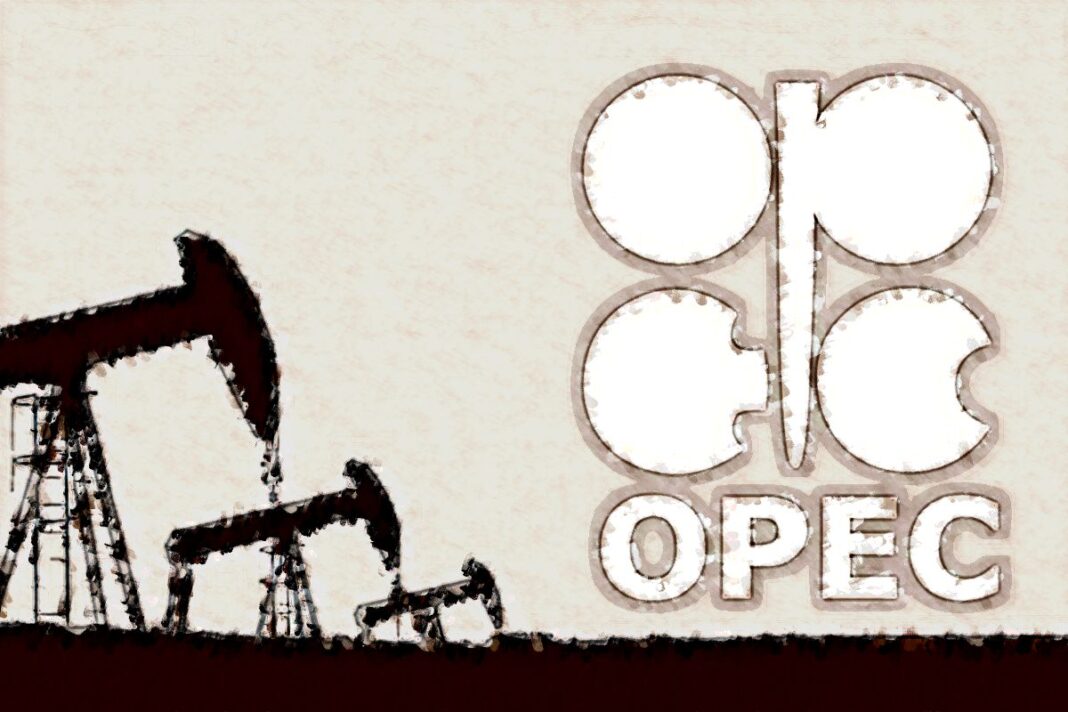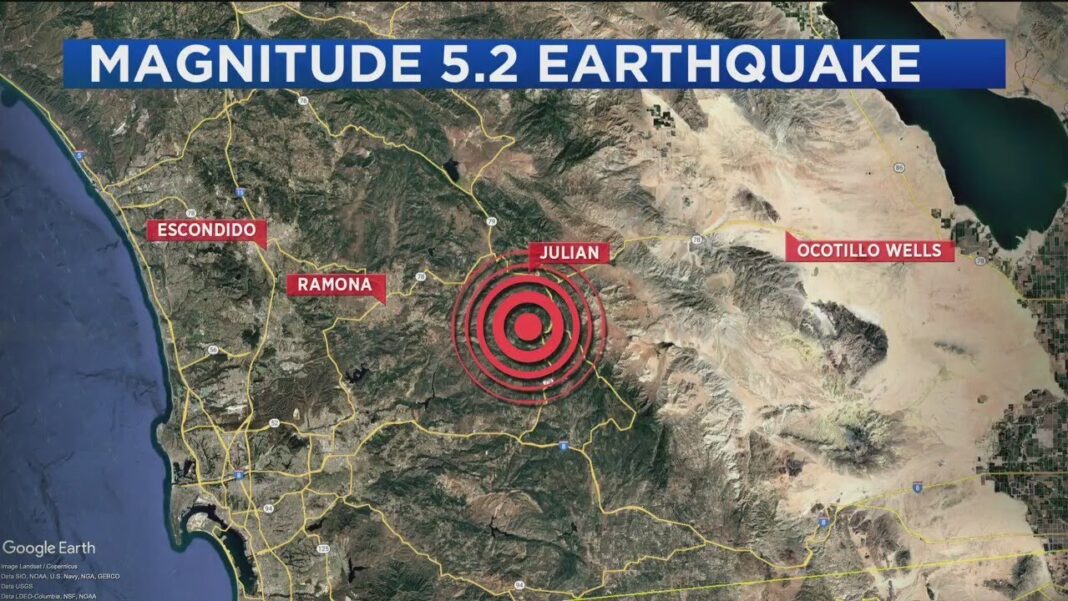Tariffs could play a major role in global energy markets over the coming year.
Crude oil prices tumbled after the Organization of the Petroleum Exporting Countries (OPEC) reduced its global oil demand forecasts for 2025 and 2026, citing the effects of U.S. tariffs.
According to OPEC’s latest Monthly Oil Market Report, released on April 14, international consumption will increase by 1.3 million barrels per day (bpd) this year, down from last month’s estimate of 1.45 million bpd. Next year, OPEC expects demand to be 1.28 million bpd, down from the March projection of 1.43 million bpd.
The report states that world oil demand will total 105.05 million bpd in 2025 and 106.33 million bpd in 2026.
OPEC also trimmed this year’s world economic growth estimate to 3 percent from 3.1 percent and lowered next year’s to 3.1 percent from 3.2 percent.
“The global economy showed a steady growth trend at the beginning of the year, however, the near-term trajectory is now subject to higher uncertainty given the recent tariff-related dynamics,” the report reads.
Oil prices have plummeted this year. West Texas Intermediate (WTI), the U.S. benchmark for crude prices, has declined by 15 percent, and Brent, the worldwide benchmark, has dropped by 14 percent.
OPEC and its allies, OPEC+, recently applied pressure on oil prices after they unveiled plans to bolster production. The current plan shows that the group will gradually add 2.2 million bpd of additional supply back to global markets from April 2025 to September 2026.
President Donald Trump’s global tariffs announced on April 2 also fueled the decline in international energy markets. WTI prices fell to as low as $56 per barrel in intraday trading, before paring some losses. Investors worry that tariffs could facilitate a slowdown in the global economy, which would weigh on demand.
Oil has stabilized since the president implemented 10 percent tariffs on most countries during a 90-day pause of higher levies to permit trade negotiations. However, this could change as the administration also imposed 145 percent tariffs on China, the world’s largest petroleum importer and the second-largest economy.
The demand picture is uncertain, according to Warren Patterson, head of commodities at ING.







